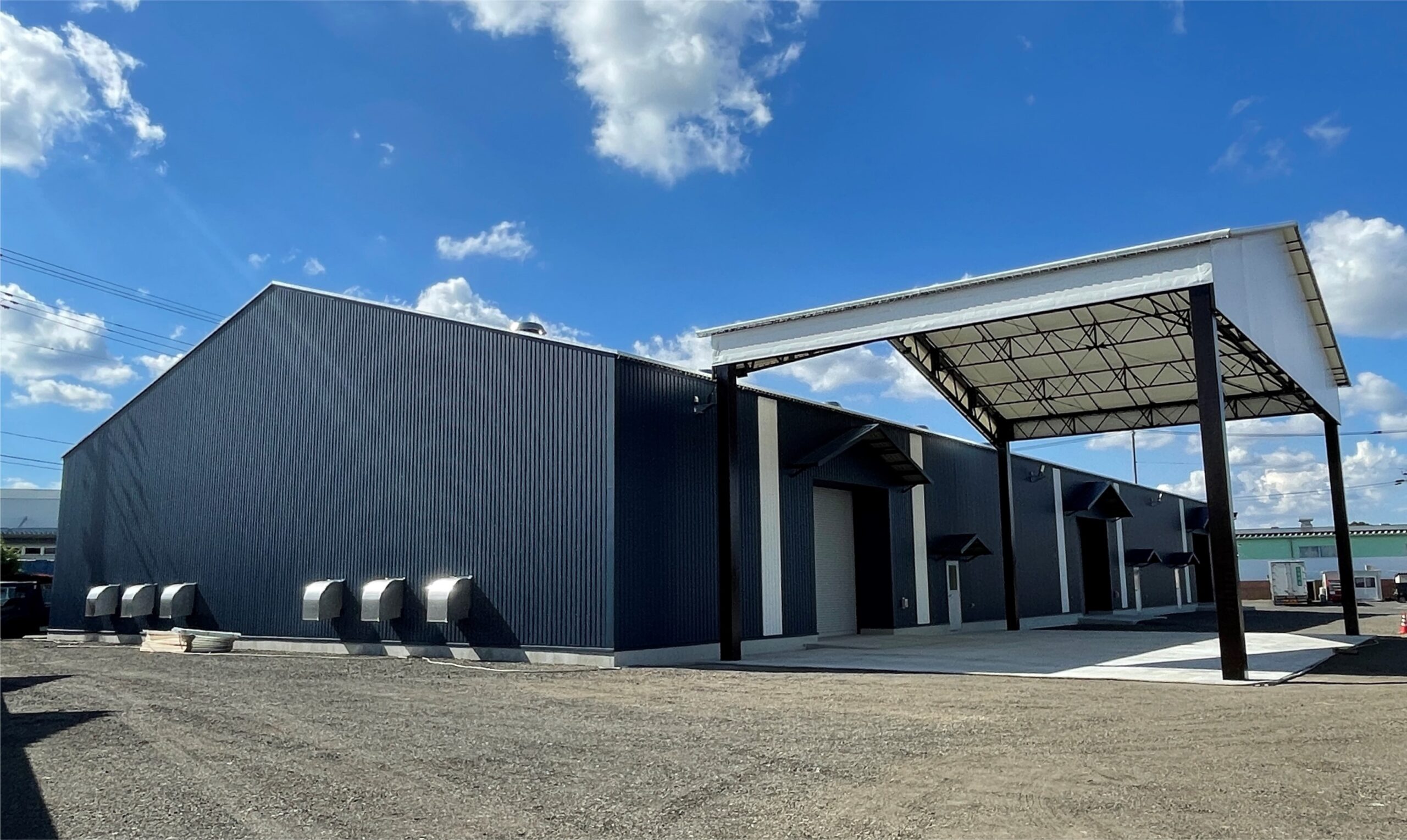

Taiyo Kogyo Column
Introduction to the structure and functions of WMS and warehouse management systems! -List of basic information including advantages & disadvantages to help you introduce the system.
2024.01.22
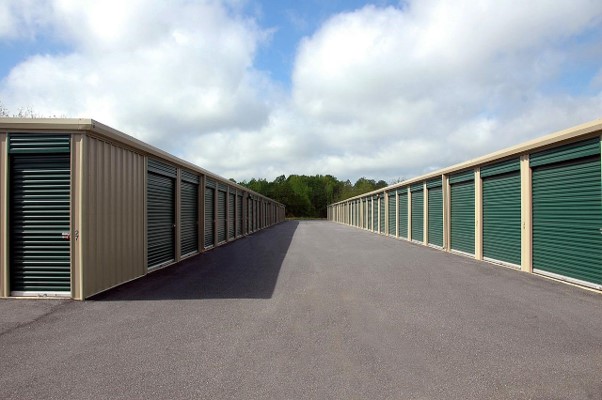
Whether large or small, streamlining the workflow and managing inventory while making the most efficient use of warehouse space is an energy-intensive task.
With the increasing needs of consumers in recent years, it has become more important than ever to conduct warehouse operations more speedily and accurately. This is where “WMS (Warehouse Management System)” comes into the spotlight.
This article provides a detailed explanation of WMS, including its structure and functions, which are useful for improving operational efficiency. We will also introduce basic information useful for introduction, such as advantages and disadvantages, and hope you will find it useful in solving your logistics and warehouse operations problems.
WMS for logistics and inventory management solutions
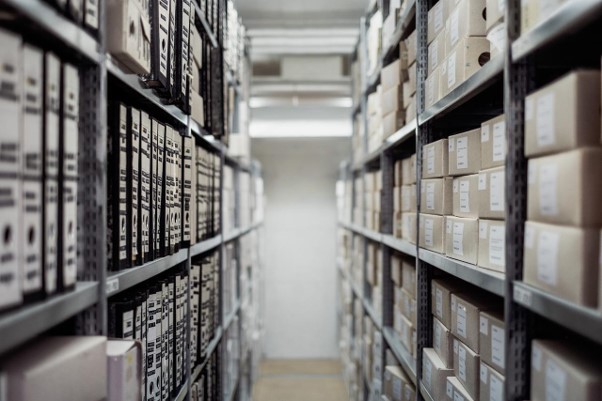
WMS (Warehouse Management System) is a term that means a warehouse management system. As the name suggests, it is a system that manages and optimizes logistics in warehouses, and has been introduced and proven in all genres of companies, including manufacturing, retail, mail-order, and e-commerce businesses.
In recent years, the characteristics of logistics operations, the social context, and the increasing needs of consumers have raised the issue of labor shortages at logistics sites.
WMS using IT technology can improve operational efficiency in various aspects of logistics, such as receiving, shipping, and inventory management, and is also attracting attention as a solution to the problem of manpower shortages at such logistics sites.
Read by a handy terminal! Differences between traditional manual input and WMS

Conventional warehouse management involves manually entering information about items in a ledger.
With the introduction of personal computers, information can now be entered into spreadsheets and other software for management, but manual entry of information one by one is still necessary. This is where the method of registering object information in barcodes or QR codes, and reading and inputting the information using a handy terminal or smartphone has emerged.
Information can be put into barcodes or QR codes and read by terminals to more easily and accurately ascertain information. The WMS system is a system that takes advantage of this method to manage warehouses even more efficiently.
Basic WMS functions 1: Receiving management, shipping management, and inventory management
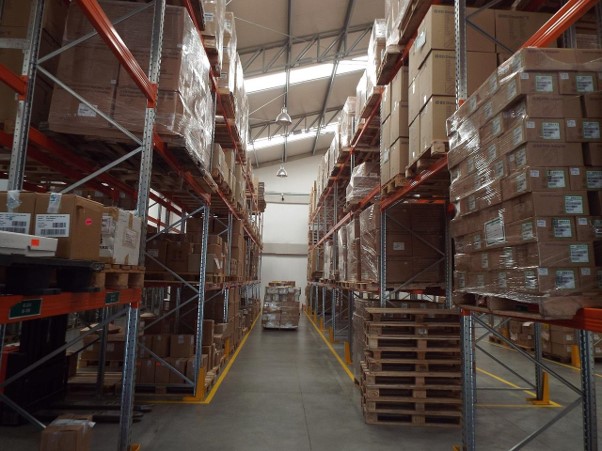
First, let’s take a closer look at the function of a WMS in the basic steps of warehouse management. By using a WMS to manage a series of processes – receiving management, shipping management, and inventory management – you can proceed efficiently throughout the entire process.
Receiving Management
Receiving management involves placing purchased goods into the warehouse, inspecting the contents, and storing them on shelves.
By using a WMS, information on goods to be received can be registered to check whether the goods have been received as scheduled and whether there are any discrepancies in quantity when they arrive. At the same time, product information such as expiration dates and use-by dates can be checked to support inspection.
Incoming goods are stored on designated shelves, and the WMS helps in the sequence of receiving operations, including location management, such as which goods are stored in which locations.
Such management is performed using barcodes or QR codes and a handy terminal or smartphone. By combining a WMS with a printer, it is also possible to issue barcode or QR code labels, allowing for label management in combination.
Shipment Management
Shipping management involves taking out and packing the goods after receiving the order, shipping them out and sending them to the delivery destination.
With the use of a WMS, shipping instructions and picking lists can be registered so that workers can smoothly retrieve ordered items from the data display.
Inspection of product information such as expiration dates and use-by dates can also be performed accurately and efficiently through the use of labels and terminals, just as in receiving management.
The WMS can also support individual rule management, such as labeling and bundling delivery receipts, and printing invoices.
For picking, there are two types of picking methods: order picking method, in which products are taken out for each shipping instruction of one order, and total picking method, in which products are taken out together by product unit and then sorted by order. The WMS system can be controlled according to the desired method.
Inventory Control
If an order is placed, there will be a need for inventory allocation and replenishment of out-of-stock items.
It will also be important to constantly check and control the quality of stocked products to ensure that they are not in poor condition. The WMS also functions in various aspects of inventory management.
In addition to basic information such as which products are placed on which shelves and how many, the WMS enables centralized management of information on goods, including expiration dates, use-by dates, lot information, and storage conditions.
It is also useful for smooth management of transfers, such as when you want to ship in the order of the date received, and when you want to move where you place your products while in storage, it helps to move the correct quantity.
Inventory control becomes a more difficult task the larger the number of products. As the number of items is constantly being received and shipped, the need for real-time inventory management has increased in recent years, as the need for speed has become even more critical.
In such an environment, the ability to constantly share fresh information centrally managed by the WMS within the warehouse is also important in resolving issues to improve operational efficiency and productivity.
Basic WMS functions 2: Inventory control, returns management, and issuance of forms and labels
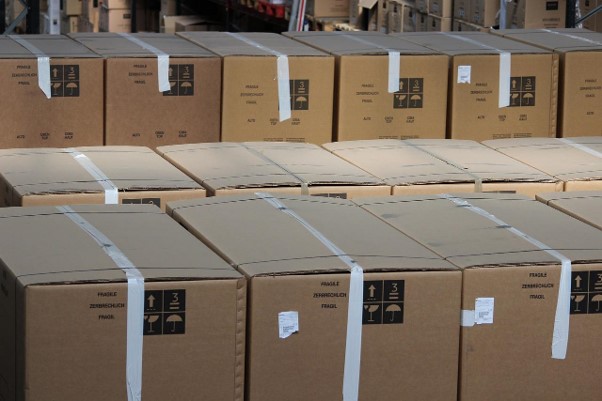
Warehouse management includes the main controls along the order from receipt to shipment, as well as inventory and returns.
Another task that needs to be managed is the issuance of forms and labels, which is also related to the work done when orders are received. Let’s take a look at some of the features of the WMS that can be useful in these tasks.
inventory control
In warehouse management, apart from inventory control, there is another process called stocktaking, in which the inventory is checked periodically on set dates, such as at the end of the month or at the end of the year.
The larger the warehouse and the more products there are, the more difficult the work will be, since it is necessary to accurately check not only the actual number of products but also the number in the data to ensure that the quantities are correct.
Such inventory management can also be facilitated by reading barcodes or QR codes with a handy terminal or smartphone, and managing and checking them with a WMS, making it easier to proceed smoothly and saving labor and time. Inventory control also includes not only mere inventory checks, but also other purposes such as confirming the valuation of goods as assets and understanding the profit status of a company.
With the WMS administration taking care of the paperwork, you will be able to devote more time and energy to asset evaluation and planning for future operations.
Returned Goods Management
Warehouse operations are not limited to taking orders and shipping them, but sometimes goods may be returned as returns.
In processing returns, it is necessary not only to receive returned merchandise, but also to determine the reason and cause, including inspection, and manage it as an individual operation.
For accurate inventory counts, the inventory management function of the WMS is also useful for returns management, but not only that, by registering the status of products and managing materials centrally, it is possible to distinguish between items that may or may not be shipped, which is useful for handling defective items. Even when irregular responses are required, such as in returns management, data management with a WMS will allow you to deal with problems accurately and quickly.
Form and label issuance
The ability to issue forms and labels is also related to receiving and shipping management, but it is often noted as a stand-alone basic function of a WMS. Since the issuance of forms and labels can be useful in various aspects of warehouse management, it is one of the most prominent functions in a WMS.
While it is important that labels, delivery slips, purchase orders, and shipping slips containing product information be accurate, there will be many situations in which they must be carefully checked because they contain information that is difficult to discern visually, such as lot numbers and serial numbers.
The advantage of using a WMS is that it makes it easier to accurately manage such forms and label issuance.
WMS can be used in a variety of situations and for other functions.
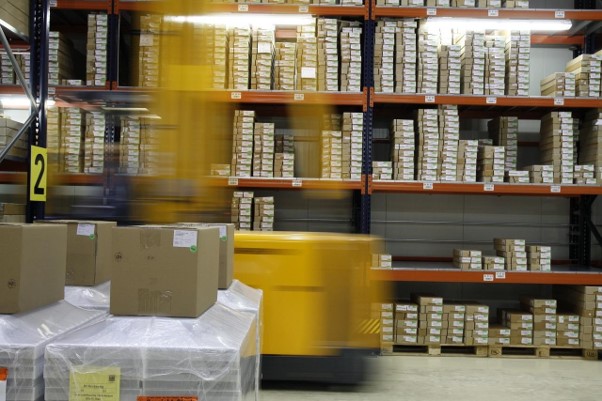
In a WMS, each function works together to optimize operations, so there are many different scenarios in which it can be used. If you understand the details of each function individually, it will be easier to have an image of the actual implementation and operation. The functions listed below are some of the most frequently picked up.
Location Management Functions
Product storage locations can be easily ascertained by taking advantage of the location management function. This will be useful in multiple situations such as receiving management, shipping management, and inventory management, and will help improve operational efficiency.
Location management may require the use of free location management, which groups products of any type into available locations, and fixed location management, which determines locations for each product.
If you want to manage products of the same type by lot, it may be easy to make a mistake if they are stored in the same place. Even if each same lot is stored on separate shelves, you can use the WMS to find the storage location smoothly by looking at the terminal screen.
Billing Management Functions
The WMS functionality is also useful for creating and issuing invoices. Registering the information necessary for invoicing, such as freight charges, loading and unloading charges, and other work charges, makes it easier to manage invoicing and automate cost calculations. This will make the process of invoicing smoother.
Work management and progress management functions
WMS functions include not only those directly related to product management, but also those that manage the progress of the work itself. The contents and progress of individual operations in the warehouse can be queried and visualized as information, which will help improve operational efficiency by allowing each person in charge to grasp the status of his or her own operations.
Different products have different features that affect the choice of WMS

When implementing a WMS, it is also necessary to check the functions of each individual WMS product.
Products have their own unique features, some with extensive functions for e-commerce sites, others with excellent customizability, and so on. If you have multiple locations, you may want to choose one with the ability to centrally manage multiple warehouses.
Some have specialized functions for warehouse management in various industries, such as the food and apparel industries. Finding a WMS that is suitable for your industry, the products you sell, and the services you provide will help you find a WMS that will be useful for a long time.
When choosing, also check the type of implementation, such as on-premise, cloud, or packaged.
Advantages and disadvantages of WMS implementation

The WMS has a variety of benefits that can help improve operational efficiency, as discussed individually in the description of functions.
A major point is that the system helps prevent human errors caused by manual input or visual checks, such as omissions of information or incorrect calculation of quantities. It is also expected to speed up overall warehouse management operations, including the ability to visualize and share information on a large number of products and work progress.
Despite these advantages, a WMS has disadvantages: it is costly to install and integrate with a core system, and requires knowledge and human resources to operate.
▼ The benefits of WMS are also discussed in detail in this article.
A management system that solves the problems of logistics warehouses [What are the advantages and disadvantages of WMS implementation?
Taiyo Kogyo's "Tent Warehouse" can flexibly support warehouse management depending on how it is used.

Although WMS has many advantages, it is important to consider the resolution of disadvantages as well before introducing it. For disadvantages that incur costs, it is a good idea to review the way the warehouse itself is operated. To review the warehouse, we recommend the use of a “tent warehouse. While building a new warehouse will cost more, tent warehouses can be constructed at low cost and are eligible for “business restructuring subsidies.
Read more about Small Business Tax Incentives for Tent Warehouse Construction
https://www.taiyokogyo.co.jp/blog/tentsouko/a404
In addition, the environment in which inventory is placed is also important to improve work efficiency in conjunction with the introduction of a WMS system. Tent warehouses are brightly lit, making it easy to check product information, and since there is no need to erect pillars between warehouses, inventory can be managed in a large space, facilitating picking and providing a spacious work area. Another advantage of tent warehouses is that they can be built at the same time as the system is installed, because of the short construction period.
Taiyo Kogyo also offers a wide variety of tent warehouses, so please visit our website.
Click here for a list of Taiyo Kogyo Corporation’s products and services, or click here to request information materials.
https://www.tentsouko.com/
Familiarize yourself with and compare WMS functions to better facilitate your company's warehouse management
To implement a WMS for smoother and better warehouse management, it is helpful to first familiarize yourself with the features of each product.
Select the best system for your company by comparing them with detailed information, including downloadable materials provided on the company’s website.
Tent Warehouseへの
Contact us

What you need to know when building a warehouse
We packed it all in.
Clues to solving the 2024 problem
I want to build a warehouse in an economical way.
Which type of warehouse should we build?
I want to learn the basics of warehouse construction anyway.
I'm concerned about the 2024 problem, but I don't know what to do about it.
Related Articles
- TOP>
- Taiyo Kogyo Column>
- Introduction to the structure and functions of WMS and warehouse management systems! -List of basic information including advantages & disadvantages to help you introduce the system.







